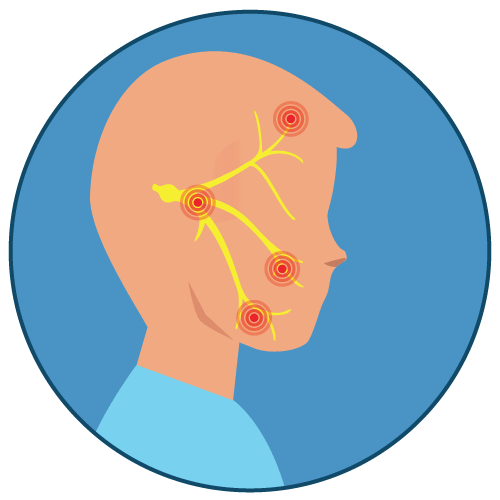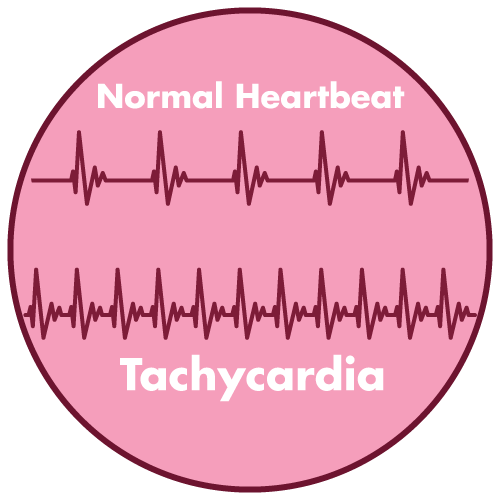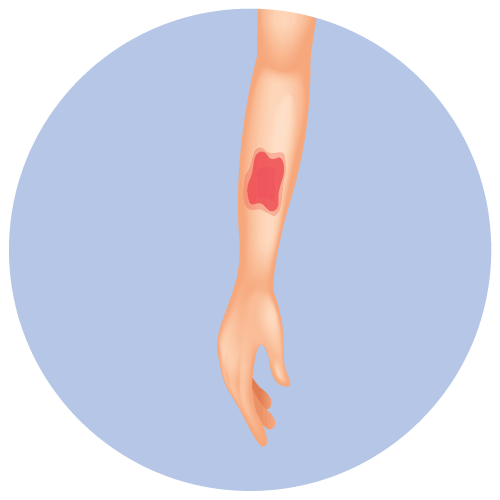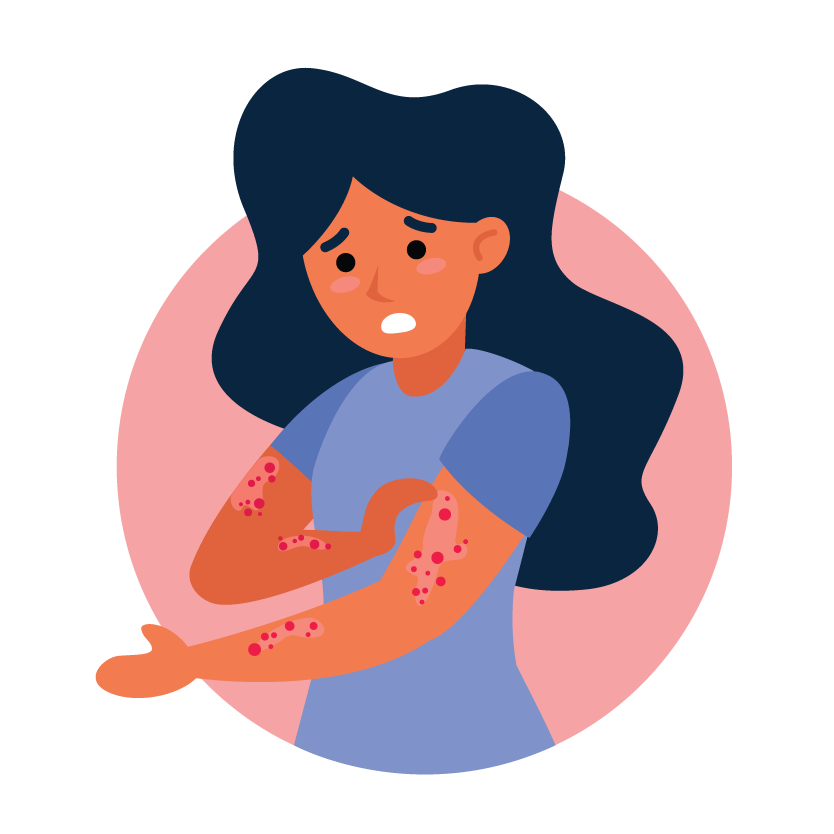| Name | Lidocaine |
| Classes |
Cardiovascular Agent Dermatological/Topical Agent Antiarrhythmic Agent Ophthalmic Preparation Anesthetic Local Anesthetic Sodium Channel Blocker |
| Diseases |
Anesthesia Arrhythmia Neuromascular Disorder |
Lidocaine
Lidocaine is a local anesthetic of the amide type. Lidocaine diffuses into nerve cells, where it binds to sodium channels, preventing them from opening and blocking sodium ion influx. Nerve cells that are unable to allow sodium into their cells are unable to depolarize and conduct nerve impulses.
Lidocaine is indicated for-
- relief of pain associated with post-herpetic neuralgia
- As a local anesthetic for use in infiltration blockade and intravenous regional analgesia.
- For the prevention and treatment of ventricular tachyarrhythmias
- Lidocaine is available as an ointment and injection.
- Apply Lidocaine to intact skin to cover the most painful area. Apply the prescribed number of topical systems (up to three) only once for up to 12 hours in a 24-hour period. Lidocaine may be cut into smaller sizes prior to removal of the release liner. Debilitated patients or those with impaired elimination should use smaller areas of treatment
Common adverse reactions are application site reactions such as-
- irritation
- erythema
- pruritus
- Accidental Exposure: Even a used Lidocaine topical system contains residual lidocaine after use. It is important for patients to store and dispose of Lidocaine properly and keep out of the reach of children, pets, and others.
- Excessive Dosing/Overexposure: Applying Lidocaine to larger surface areas or for a longer duration than recommended could lead to increased absorption and high blood concentrations of lidocaine, leading to adverse effects
- Increased Absorption on Non-Intact Skin: May result in higher blood concentrations of lidocaine
- Risk of Overexposure with External Heat Sources: Applying external heat sources to Lidocaine may result in increased drug exposure
- Methemoglobinemia: Cases of methemoglobinemia have been reported in association with local anesthetic use
- Application Site Reactions: During or immediately after treatment with Lidocaine, application site reactions may develop
- Hypersensitivity Reactions: Cross sensitivity to Lidocaine in patients with a history of drug sensitivity to para-aminobenzoic acid (PABA) derivatives is possible
- Eye Exposure: Immediately wash out the eye with water or saline and protect the eye until sensation returns
Contraindication
Contraindicated in patients hypersensitive to lidocaine or other local anesthetics, such as-
None known.
None known.
 Bangla
Bangla English
English



